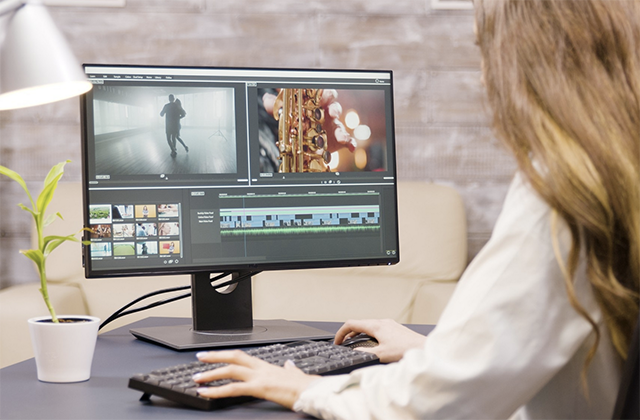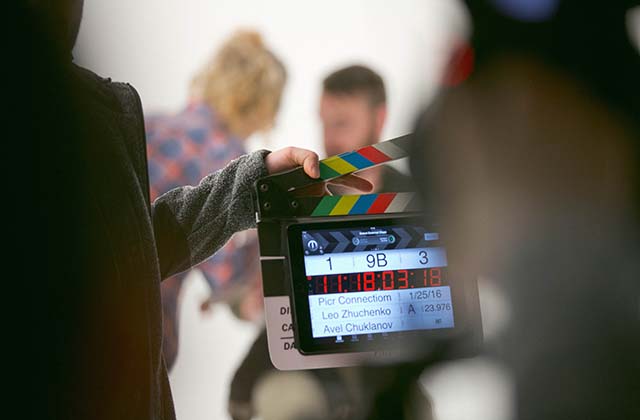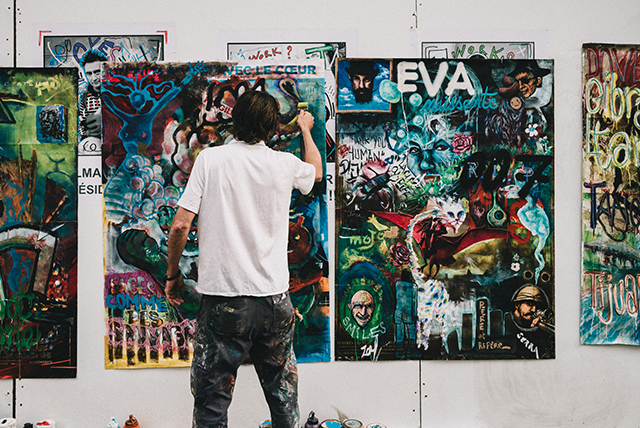Introduction
If you’re a visual concept boards artist, you can use these tips to help you succeed in your career:
Storyboard and draw!
Drawing is a skill that can be learned, improved and practiced. As you continue to draw more and more you will start to see improvement in your work. You will also get better at drawing the same thing over and over again without getting bored or losing motivation. This will help you stay on task when working on projects for clients who may want multiple revisions of their storyboards before they are happy with them.
Drawing is an art form that can be honed into perfection by taking every opportunity that comes along to practice and improve your skills as an artist. I recommend doing this daily using what I call a “Daily Drawing” exercise where each day you work on refining one aspect of drawing until it’s perfect!
Don’t be afraid to ask for help.
You are not the only one who needs help. In fact, you will often find that your friends and family are more than happy to offer advice and assistance in your career as a visual storyboard artist. Sometimes all it takes is asking for their advice to get them on board. If you want some extra help but don’t know where to start, try asking around at work or even just on Facebook! You never know who may be able to assist with your project.
In addition, there are many online communities where people gather together to share tips and techniques they have learned while working as visual storyboard artists. It can be easy to feel intimidated by these forums since so many people post questions about their work experience every day but remember: everyone started somewhere! The main goal of these groups is simply for artists from around the world to connect with one another so please don’t hesitate if this seems overwhelming at first glance; instead take advantage by posting questions about your own personal experiences in order (potentially) gain insight into what other members might suggest could solve any problems currently plaguing yours too!
Finally there are professionals within every field willing make themselves available should any questions arise while working on projects outside class assignments too—this includes those who teach classes themselves like me! Feel free emailing me directly anytime with any concerns or questions relating specifically towards topics covered during lectures since we’re already familiarizing ourselves together beforehand anyway 🙂
Practice your craft, but don’t fall in love with it.
If you want to be a successful visual storyboard artist, there’s one thing that you absolutely must do: practice your craft. Practice and play are both important parts of the creative process, but it’s easy to get too caught up in one or the other. If you don’t take time away from your workstation every so often and reconnect with people who aren’t working on the same project as you, then it becomes easy to fall into ruts and routines that can be hard to escape later on in life.
For example, let’s say that I’m working on a project that requires me to use Adobe Illustrator for all my illustrations over an extended period of time—maybe even for years at a stretch! While this is great for improving my technical skills with vector art software (and thus making it easier for me), there may come times when I need an extra boost outside of these confines—and this could potentially lead down dangerous paths like alcohol abuse (or worse).
Set boundaries.
It’s important to set boundaries and maintain them. You can’t tell your boss what to do, but you can set boundaries for yourself. Here are some examples of things that are not okay:
- not being able to say no
- being taken advantage of by your friends, family and co-workers
- giving in to the whims of others too easily
Don’t be afraid to show your work.
If you want to become successful, don’t be afraid to show your work.
That means that you have to get over the idea that someone will see your work and think less of it based on its quality. If they do, then it was never meant for them anyway.
It also means that if you’re asked for help on something, don’t be afraid to ask back! You should always be willing to help out another artist when they need it—just make sure they return the favor when you need help as well!
Be nice.
You might be surprised to learn that the best way to shine in your visual storyboarding career is not through your artwork. Instead, it’s about being nice.
While you may have a degree of freedom when it comes to designing and illustrating projects, there are some things that you can’t control—like your clients and their expectations. If you want them to look at your work favorably and keep coming back for more, then it’s important that they enjoy working with you too!
Some tips for making sure people like working with you:
- Be polite and respectful toward everyone at all times — whether they are an intern or the CEO of a company. Showing respect will go a long way toward building trust between yourself as well as others within an organization who may be integral members of any given project team.
Be part of the team.
- Be open to feedback.
- Be a team player.
- Be a good listener.
- Be willing to take on new challenges and responsibilities.
- Be willing to learn, grow and share your knowledge with others in the field.
Promote yourself and your content.
Visual storyboard artists should promote themselves and their content.
Creating a brand for yourself is one of the most important things you can do if you want to be recognized as a great visual storytelling artist. There are many ways to promote your work: create a website, blog and newsletter; use social media; share photos on Instagram. Promoting yourself on various platforms will help you gain more followers, build credibility in your field and attract new clients.
Collaborate with people outside of your industry.
- Collaboration can help you learn new skills.
- Collaboration can help you understand what other people are doing.
- Collaboration can help you learn from other people’s mistakes.
- Collaboration can help you learn how to work with other people, which is useful for your career as a visual storyboard artist because it’s important that you’re able to collaborate with others, especially when working on films or television shows with large casts of characters and plots that need to be conveyed visually by multiple artists working together in order for the film or show’s storyboarding process to happen smoothly and efficiently
Accept challenges as opportunities to learn and grow.
Challenges present opportunities to learn and grow. When you are faced with a challenge, use it as an opportunity to explore new things. Try new approaches, new methods of working, or even a different medium altogether. Ask yourself questions: What can I do better? How can I improve? What is the best way to tackle this problem?
If you come across something that doesn’t work out in the end, don’t beat yourself up over it too much. Instead, look at what went wrong and find ways to correct those mistakes next time around so they won’t happen again! You can learn from your mistakes by thinking about what went wrong and how you could have done things differently so that next time there will be no mistakes made at all!
You can also learn from other people’s successes and failures because this will allow us all as human beings our greatest opportunity for growth in both our own personal lives as well as professionally within our chosen fields of interest such as Visual Storyboarding or Animation Design etcetera…
These are some tips you can use if you want to succeed at being a visual storyboard artist
Here are some tips to help you succeed as a visual storyboard artist:
- Draw, draw, and then draw some more. Practice the fundamentals of art until they become second nature. If you’re having trouble drawing something properly, ask someone who knows what they are doing—it’s okay to ask for help!
- Don’t fall in love with your work too much! It is easy to get attached to projects and ideas, but sometimes those things just aren’t right—and no matter how much time or effort went into it, it needs to be discarded so that better things can emerge from the ashes (this goes for all types of content).
- Set clear boundaries between work hours and personal time; this will keep both areas of your life healthy and happy!
- Be nice—to others AND yourself! Treat everyone with kindness even if they don’t deserve it; most importantly though always love yourself unconditionally because only then can others truly see how amazing YOU are!!
Conclusion
By following these tips, you can succeed as a visual storyboard artist. It’s not always easy, but if you keep at it and work hard, you will reach your goals.


